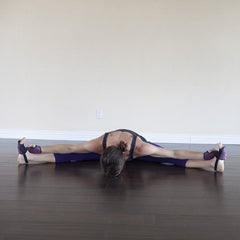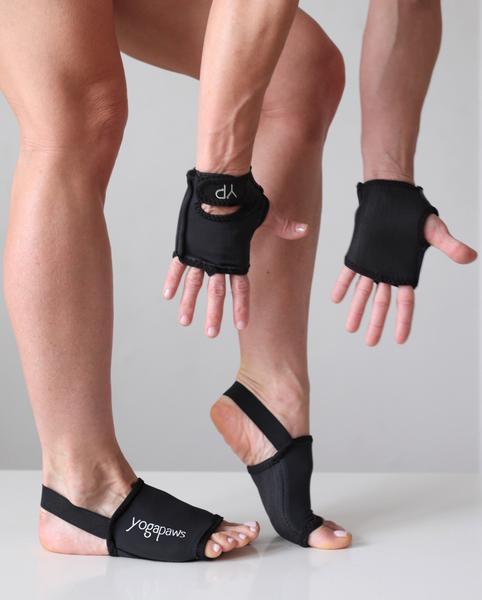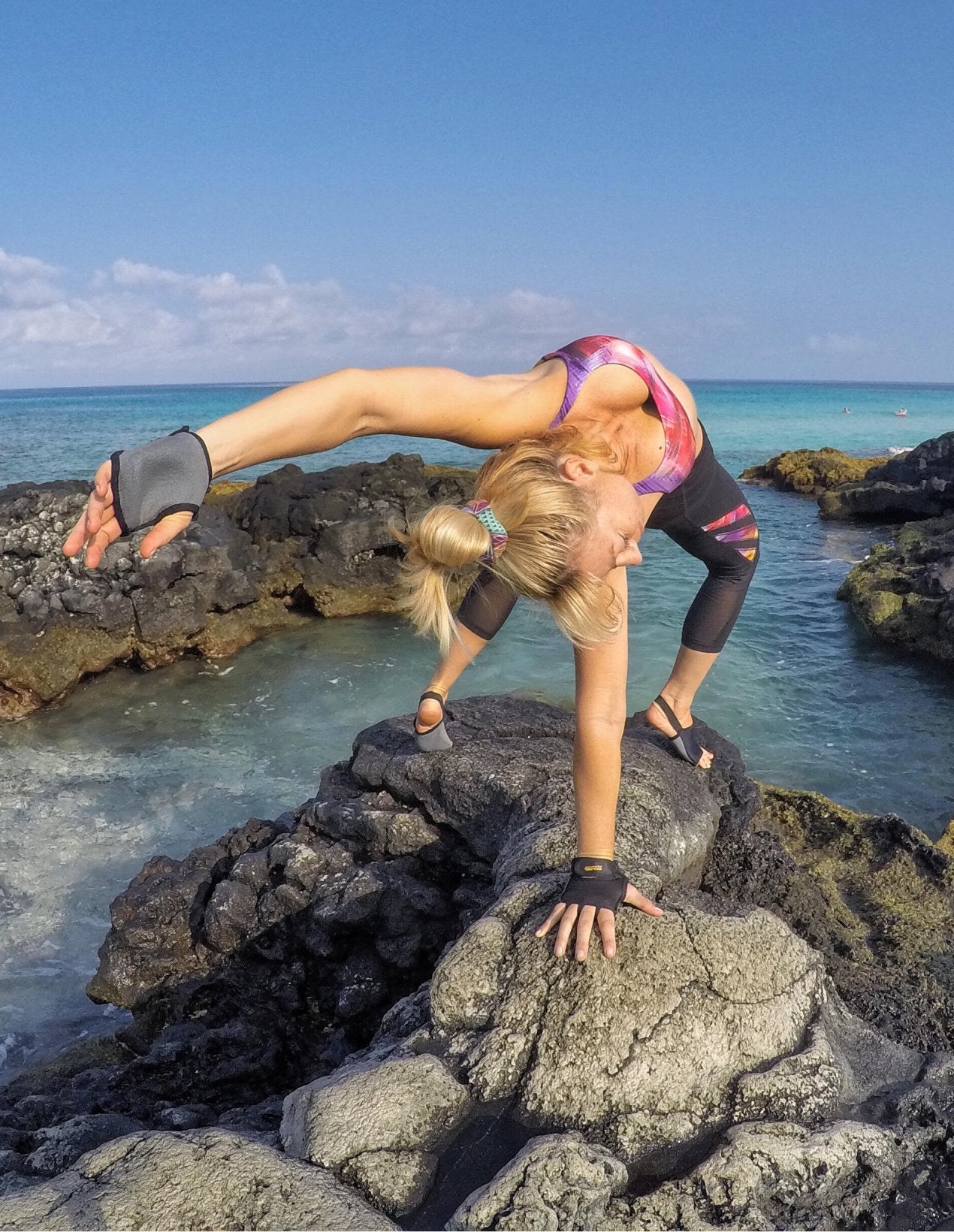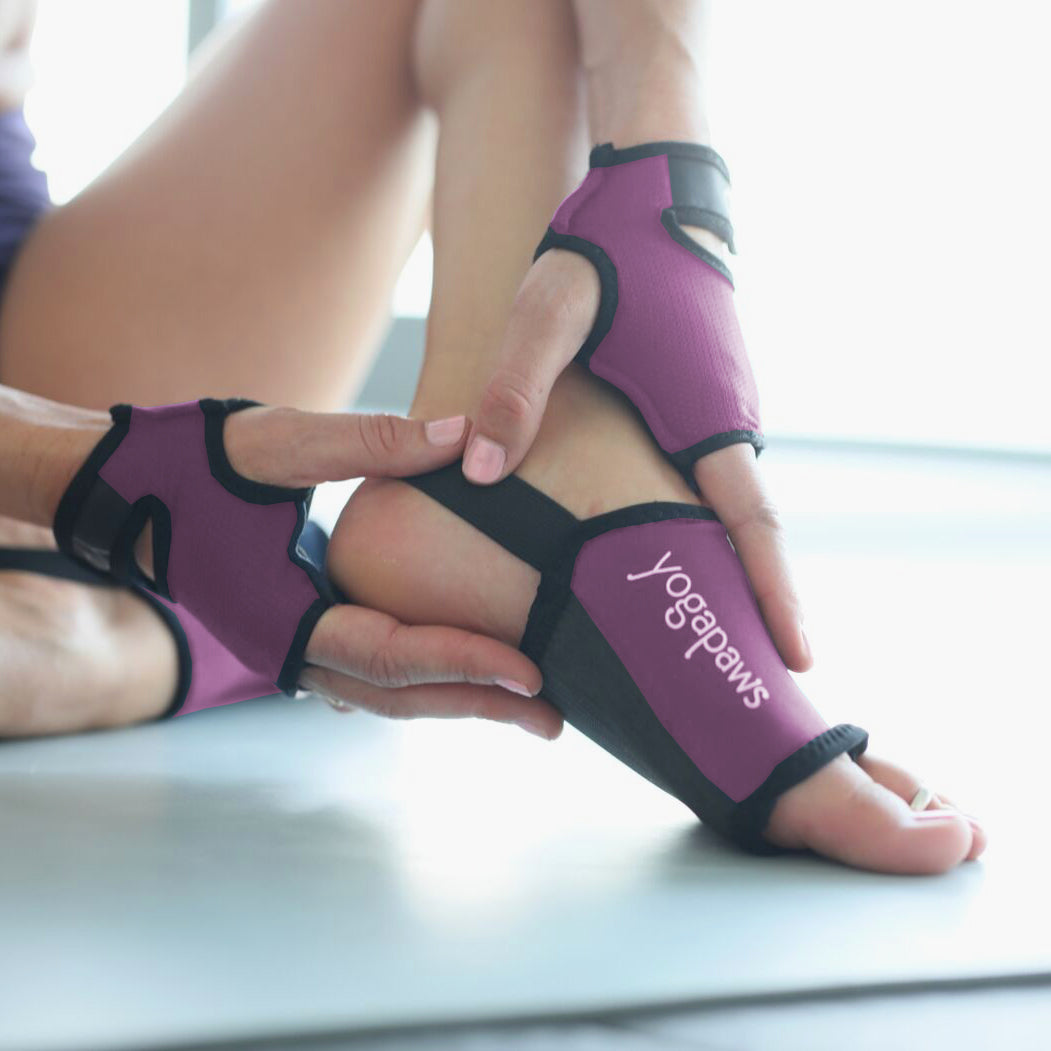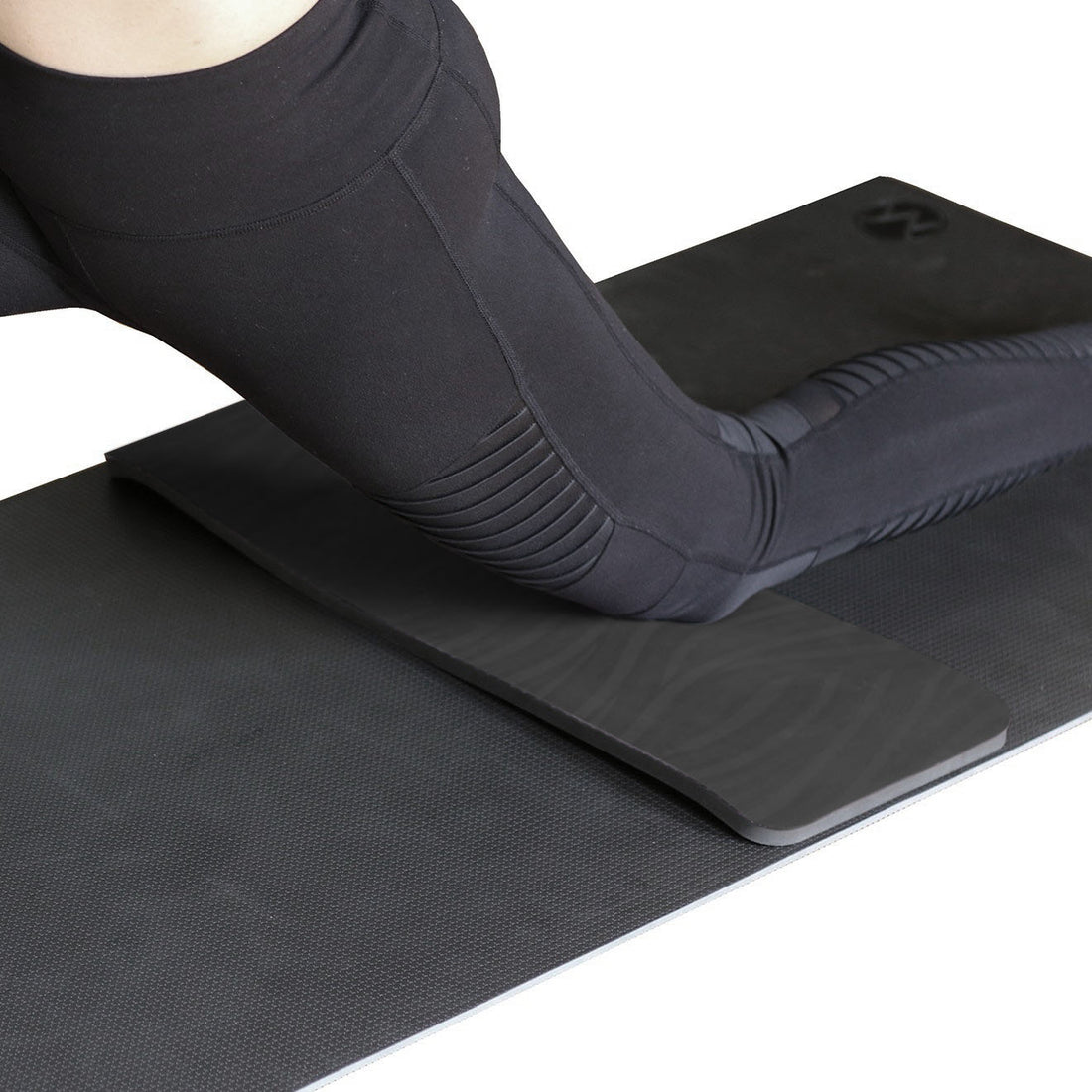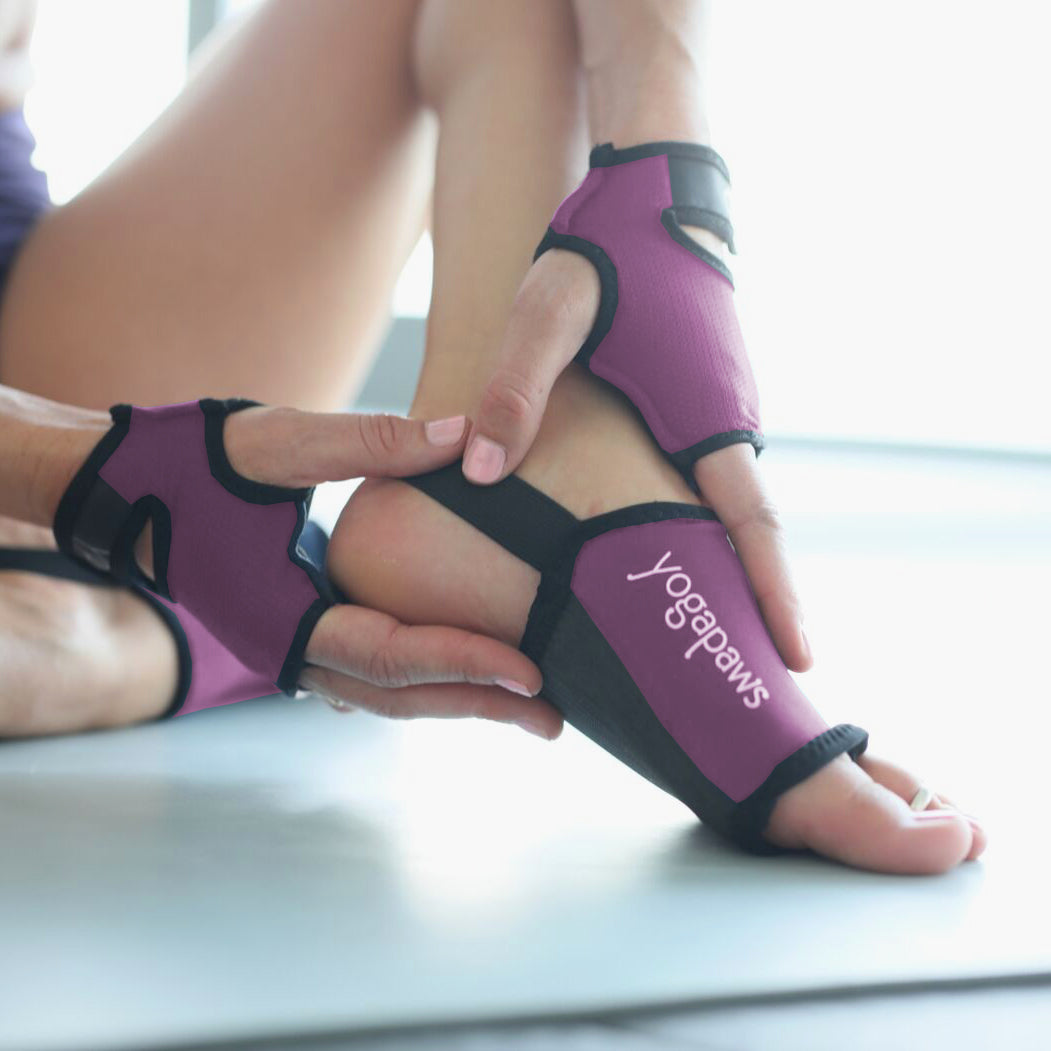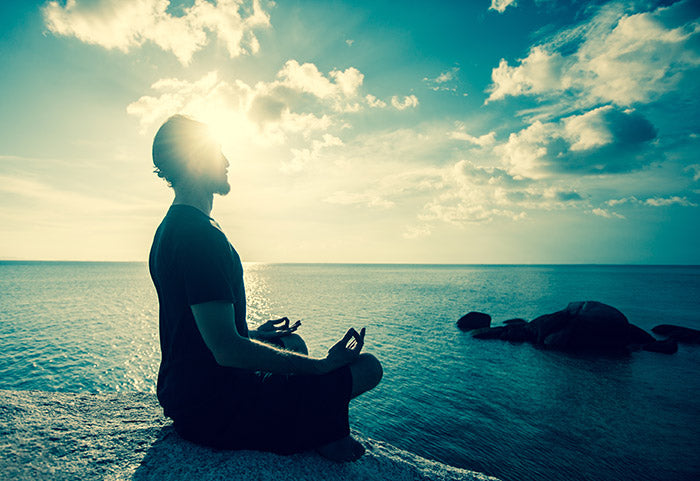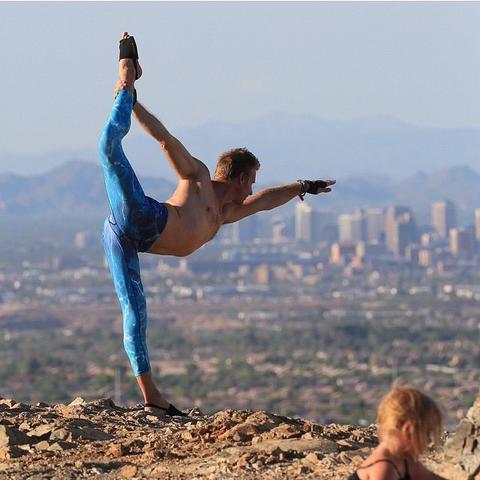 You’re a lot more than what you eat. But what you eat can have a lot of bearing on how free you are to explore all the aspects of “you.” You know you need more fruits and vegetables. You know that moderation and variety make your body feel strong, energized and ready for anything. So why it is so hard to spend some time on the weekend to make a big batch of the soup you’ll be craving at lunchtime on Monday? Why doesn’t the second cookie satisfy? Or, why is every day a battle to eat less and less? No diet can help answer that question, but yoga can.
You’re a lot more than what you eat. But what you eat can have a lot of bearing on how free you are to explore all the aspects of “you.” You know you need more fruits and vegetables. You know that moderation and variety make your body feel strong, energized and ready for anything. So why it is so hard to spend some time on the weekend to make a big batch of the soup you’ll be craving at lunchtime on Monday? Why doesn’t the second cookie satisfy? Or, why is every day a battle to eat less and less? No diet can help answer that question, but yoga can.
With each pose, you’ll hear your teacher remind you, “Listen to your body.” Yoga is all about discernment. You get a compelling reminder of that message every time you see an image of Shiva dancing in the fire and crushing the dwarf/demon that symbolizes ignorance. By turning your eyes inward, you can start to get in touch with what your body really needs for optimal health. Ayurvedic philosophy suggests that, at each meal, your body be half filled with food, one-quarter filled with liquid and one-quarter left empty to give the food and fluid room to digest. Try that. About 20 minutes after eating, go inside and check out how you’re feeling.
Was that enough food? Too little? Too much? How do you feel as a result of the types of food you ate? Energized? Sleepy? Content? Do that little exercise for a week and log the results.
Then, try poses like this that help teach discernment and the benefits of honoring your body’s wisdom.
Virasana (Hero Pose)This pose requires you to be thoughtful about your knees and back. How to do it: Kneel on the floor with your knees perpendicular to the floor. (This is sometimes called “standing on the knees.”) You may want a folded blanket or block under your buttocks. Slide your knees as close together as possible and move your feet wider about a thumb’s width wider than your hips. Lean your torso slightly forward and slowly sit back between your feet. Place your hands on your thighs with your palms down or in you lap with your palms up. Hold for 30 seconds or longer. After releasing, extend your legs straight in front of you and shake them out.
|
|
|
|
Bakasana (Crow Pose)This pose requires an intense focus and a strong core. You need to ask your body whether it’s ready to lift either foot, one foot or both feet—and be willing to accept its direction. How do it: Start in Tadasana (Mountain Pose) and squat down so that your feet are a few inches apart. Separate your knees wider than your hips. Stretch your arms in front of you, bend your elbows and place your palms on the floor. Your upper arms should be against your shins. Yoga Journal advises: “Snuggle your inner thighs against the sides of your torso, and your shins into your armpits, and slide the upper arms down as low onto the shins as possible. Lift up onto the balls of your feet and lean forward even more, taking the weight of your torso onto the backs of the upper arms. Lean forward even more on the backs of your arms until your feet leave the floor.” Or, just balance your toes on the block. Try lifting one foot before your lift off with both feet. Hold for 20 seconds to one minute.
|
|
Upavistha Konasana (Wide-Angle Seated Forward Bend)This pose requires that you check your ego at the door and respect where your edge is in terms of stretching—not over-stretching—your inner thighs. How to do it: Sit in Dandasana (Staff Pose). Open your legs to about 90 degrees. Place your hands the floor in front of you, slide your buttocks forward and try to spread the legs wider. Point your knee caps toward the ceiling. Lean your torso forward and begin walking your hands out in front of you until you at the edge of your stretch. If you are able, reach for the big toe on each foot while leaning forward. Hold 30 seconds to one minute.
|
|
Salamba Sirsasana (Supported Headstand)This pose requires you to get in touch with the alignment of your body in a different plane. How to do it: Kneel on the floor. You may want a folded blank to place under your head and arms. Clasp your hand and lower them to the floor. Press into the ground with your wrists. If you are just beginning to experiment with this pose, place your head snugly against the back of your hands. If you are comfortable with headstand, open your hands slightly and place your head against your open palms. Inhale and lift your knees, walking on the balls of your feet until your body form a V. Firm your shoulder blades to keep your body from collapsing into your head and neck. Exhale and lift your feet off the floor. Even if you have to bend your knees, focus on getting both feet off the floor at the same time. As your legs rise, firm the tailbone against the pelvis. Once your legs are perpendicular to the ground, straighten your knees if you bent them and align the arches of your feet over the crown of your head. Make sure to stay focused on engaging your shoulder blades and firming your tailbone. Stay in the pose for five to 10 seconds if you are new to headstand, gradually increasing the duration of the pose by a few seconds a day until you can hold it for three minutes. Come out of the pose on an exhale, touching both feet to the ground at the same time. Move into Balasana (Child’s Pose).
|
|
Hanumanasana (Monkey Pose)The deep stretch of this pose calls on you to tune into your body’s flexibility and balance. How to do it: Begin kneeling on the floor. Step your right foot about a foot in front of your left. Lean forward and begin to stretch the left leg out behind you. Allow your knee to relax as you reach your edge. Then, start to stretch your right leg forward. As your right knee straightens, begin to extend your back leg and sink toward the floor, making sure your right knee is pointing straight at the ceiling. If you can descend all the way to the floor, reach your arms up to the ceiling. Stay in the pose 30 seconds to one minute and release by turning your front knee out slightly and bending both legs in to your starting position. Switch legs and repeat on your other side. |
A regular yoga practice not only invites but demands introspection. You begin to understand the difference between the discomfort that often comes before a breakthrough and the pain of pushing your body to a place it is not prepared to go to yet. It’s an easy leap to apply that same thinking to eating. You can start to feel the dynamic benefits of eating fresh, beautifully colored food filled with nutrients. That energy becomes part of you. You can also feel how over-eating, under-eating and empty-calorie eating depletes you and leaves you slowed down, fuzzy and maybe even depressed. Feeling good is an easy habit to maintain. It allows you to enjoy your food, enjoy your body and grow toward your full potential. That’s something no diet, pills or surgery can ever do. So strike a pose and celebrate a healthier you!
Thanks for reading! Feel free to take 10% off your next order with code: PAWBLOG




